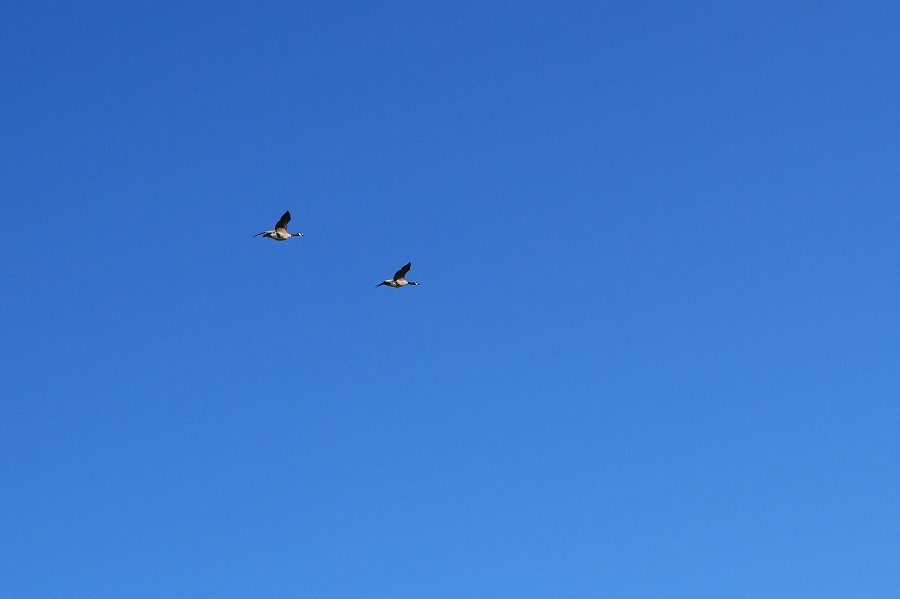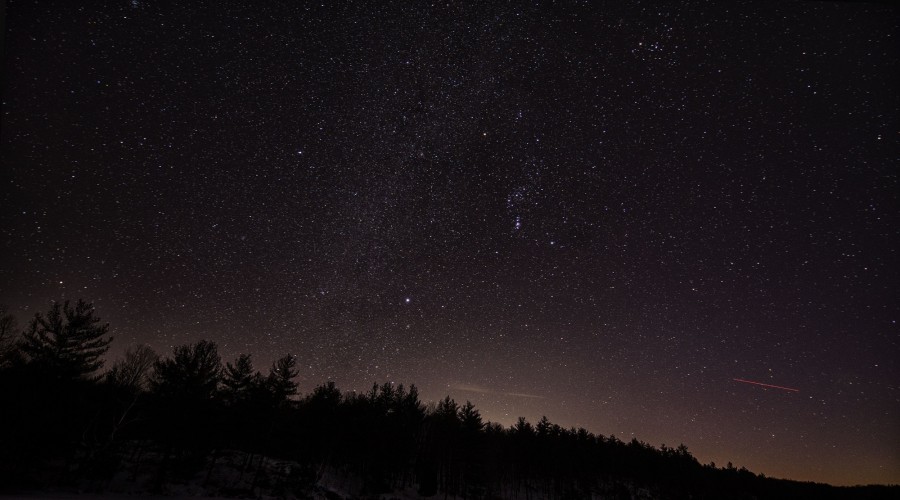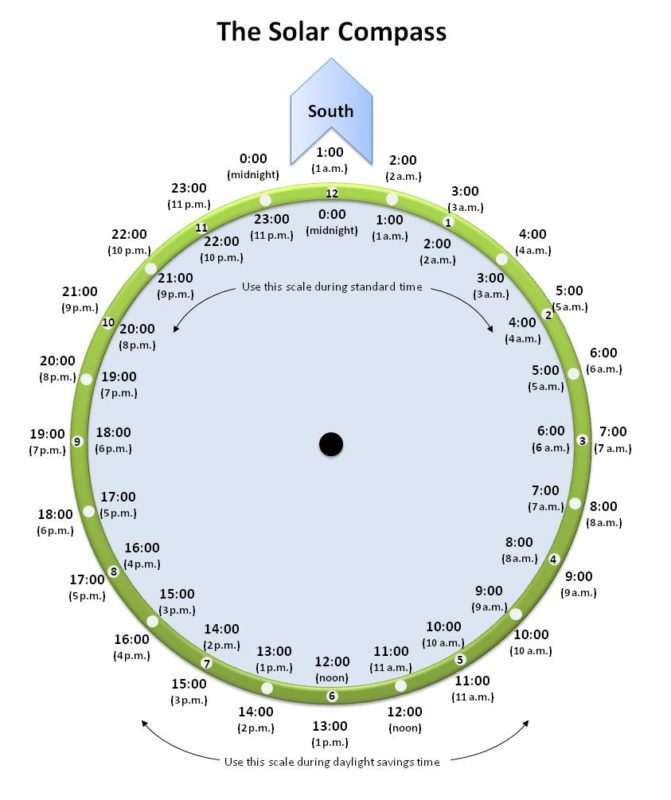Did you know you can determine your directions without a compass or GPS?
It would be wonderful if we had a built-in system to help us tell direction. If we did, it would probably have saved many lives who became lost by travelling away from safety rather than towards it.
Humans are not very good at instinctively knowing which direction they face. Most methods of determining one’s direction when in the forest tend to be unreliable.

Some people suggest that if you look to where the moss grows on trees, you will find that there is always more growth on the north side of the trees. This is because it evades most of the direct sunlight.
Or, look for spider webs on the south side of trees. Or even, if you see a small hill in the winter time, the snow will be more prominent on the north side due to less sunlight heating/melting action.
Animal instincts

While many of these ideas have merit and, in controlled situations, may make sense, they have also been shown to be provide false signals in the complex outdoors.
However, we do know that many species of animals and insects do have the ability to discern directions. Repeated studies of many bird species have shown that they are able to use the magnetic field of the Earth to help them determine which direction to fly. Recent studies have shown that animals with a camera-type eye, such as fish and primates, can use individual stars for determining their direction. Animals with compound eyes, such as insects, might be able to use the light of the Milky Way.1
If animals can use the stars to navigate, surely humans should be able to do at least as well.
Using Polaris to find north

If you refer to this month’s constellations, you will find easy step-by-step instructions to find Polaris, otherwise known as the “North Star”. From there, drawing a line to the horizon will provide you with an excellent approximation of where north is.
Knowing the direction of north allows you to find the other directions relatively easily. Although this method might be useful for canoeing at night, or knowing which way your hike will start the next day, it is much harder to use for most trips during the daytime.
Is there another method of finding one’s direction that can be used during the day, with a fairly high degree of accuracy and reliability? The answer is yes: the Solar Compass.
The Solar Compass

The Solar Compass uses the common principles developed by the ancients for keeping track of the sun.
The Babylonians developed the system of 12’s, hence why our clocks have 12 hours. Knowing that the sun is always due east around 6:00 am, crosses near due south around noon, and passes towards the west at around 6:00 pm (18:00), allows us to take an old-fashioned clock face, and turn it into a compass using the sun. Hence, the Solar Compass.
To use the Solar Compass, draw a clock face similar to the one above. You can draw this on the sand, snow, or whatever work. Draw in the basic hours (6:00 am, 9:00 am, 12:00 pm, 3:00 pm, 6:00 pm) as best you can. The more precise, the more accurate the compass will be.
Now, place a stick (on its end) on the small dot in the centre of your circle, as in the black dot in the image. Orient the page so that the shadow falls on the current time, use the proper scale based on standard or daylight savings time.
Once complete, the south in the diagram will be closely aligned to the true south. From there you can figure out all other directions, and navigate wherever your journey takes you!
For more on this month’s astronomy, visit our Eyes on the Skies post.
- James J. Foster, Jochen Smolka, Dan-Eric Nilsson, Marie Dacke. How animals follow the stars. Proceedings of the Royal Society B: Biological Sciences, 2018; 285 (1871): 20172322 DOI: 1098/rspb.2017.2322
